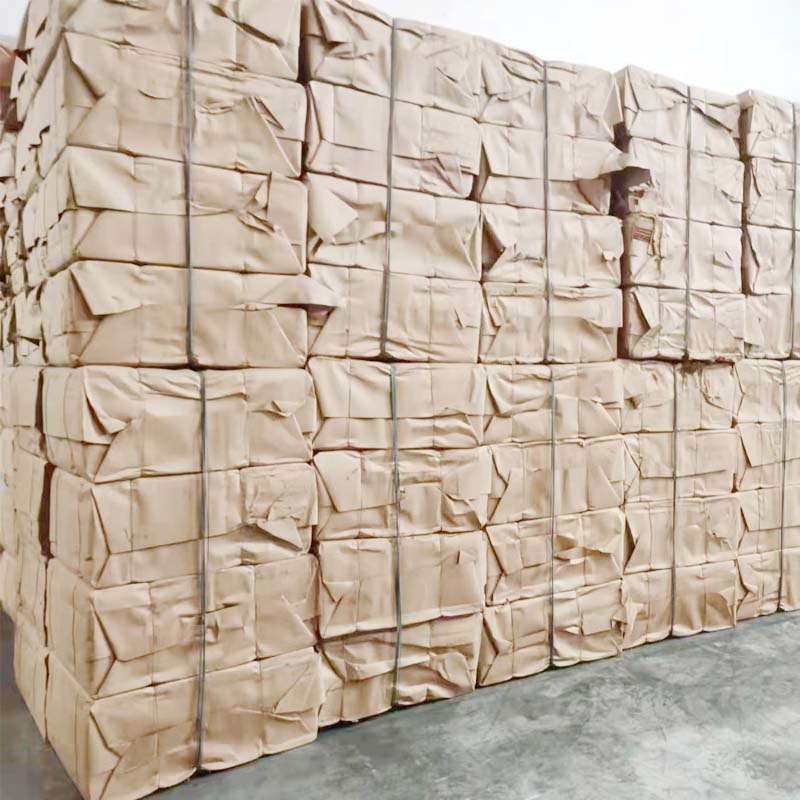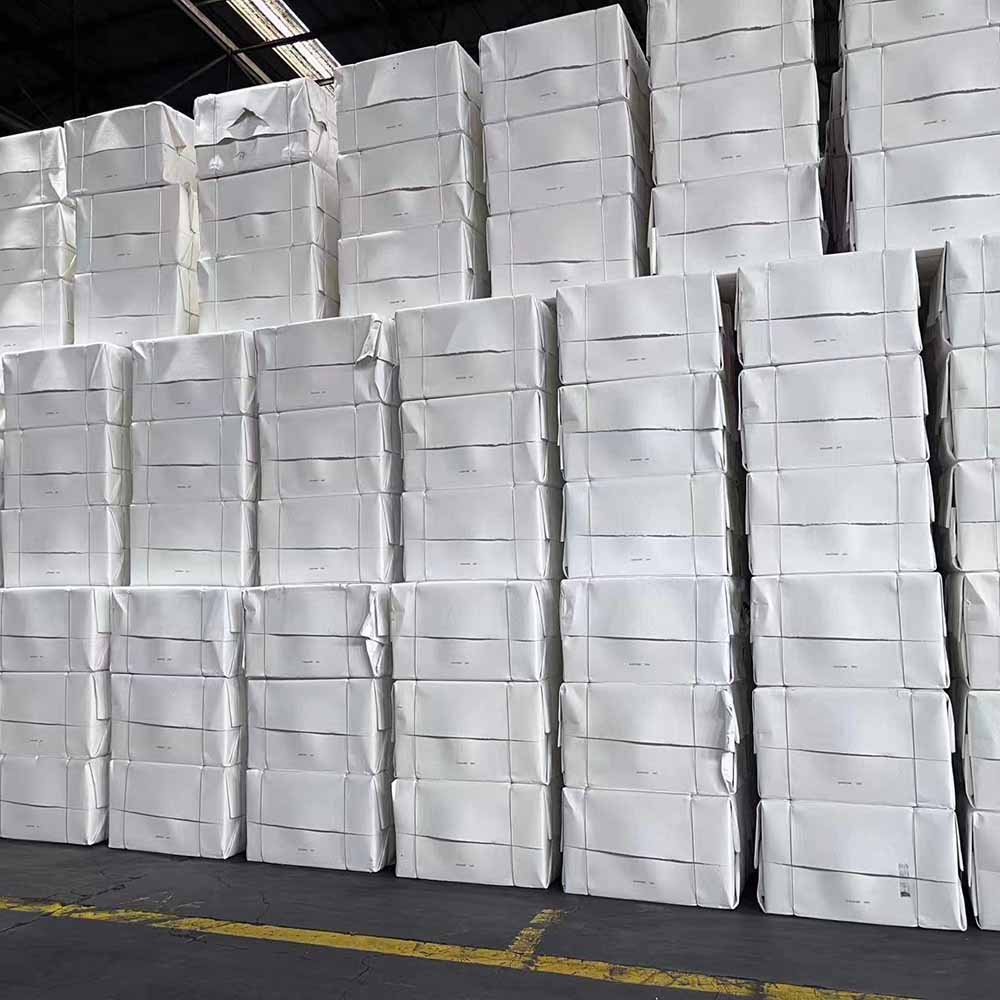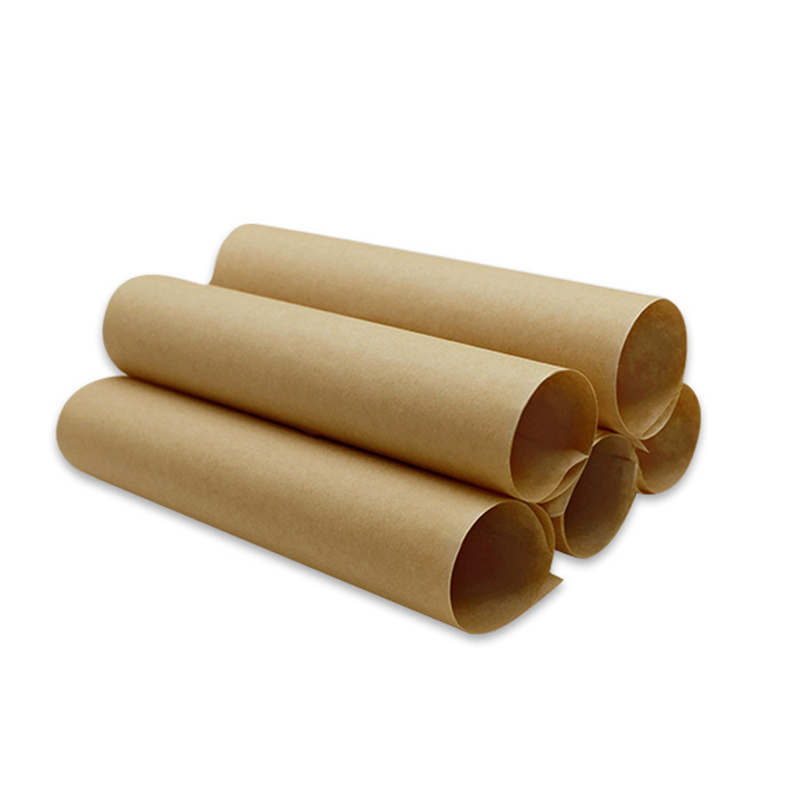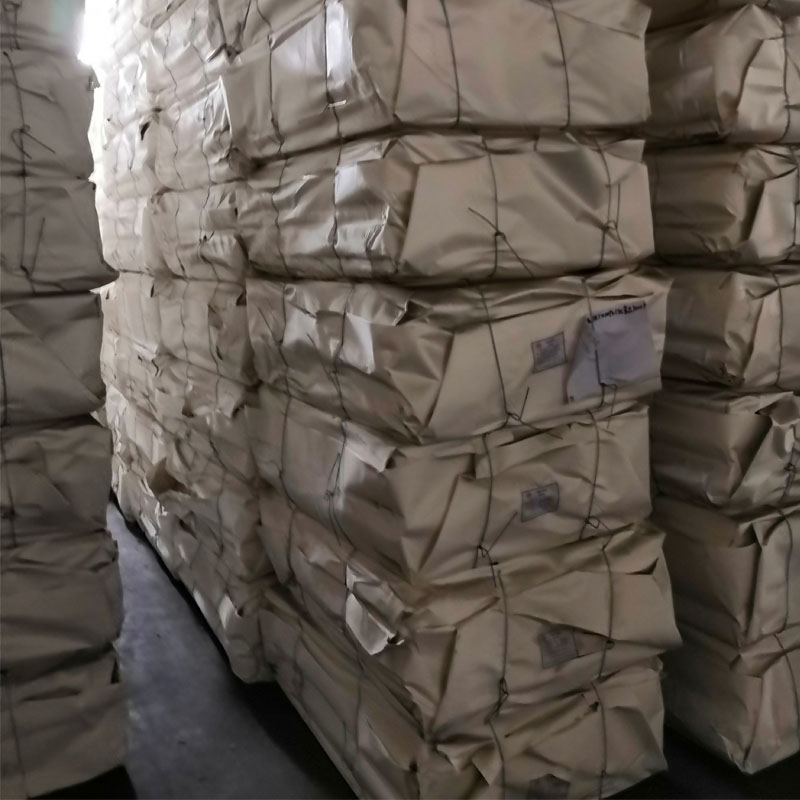
- Jiangdong Str., Yiwu, Zhejiang, China.
- [email protected]
- +8615680886387
Paper wood pulp sulfate chemical bleached hardwood krafft pulp

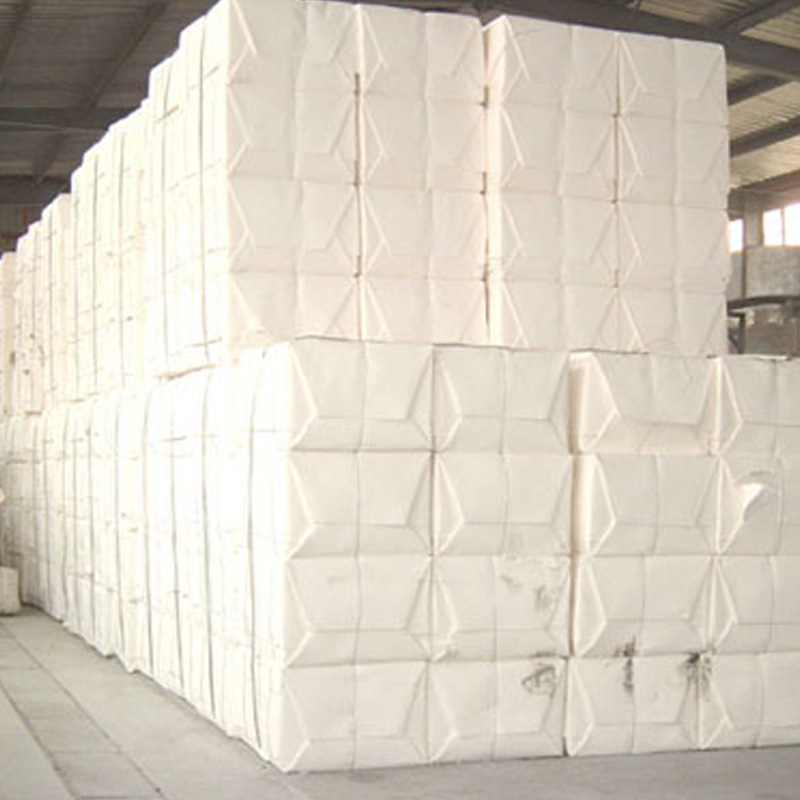
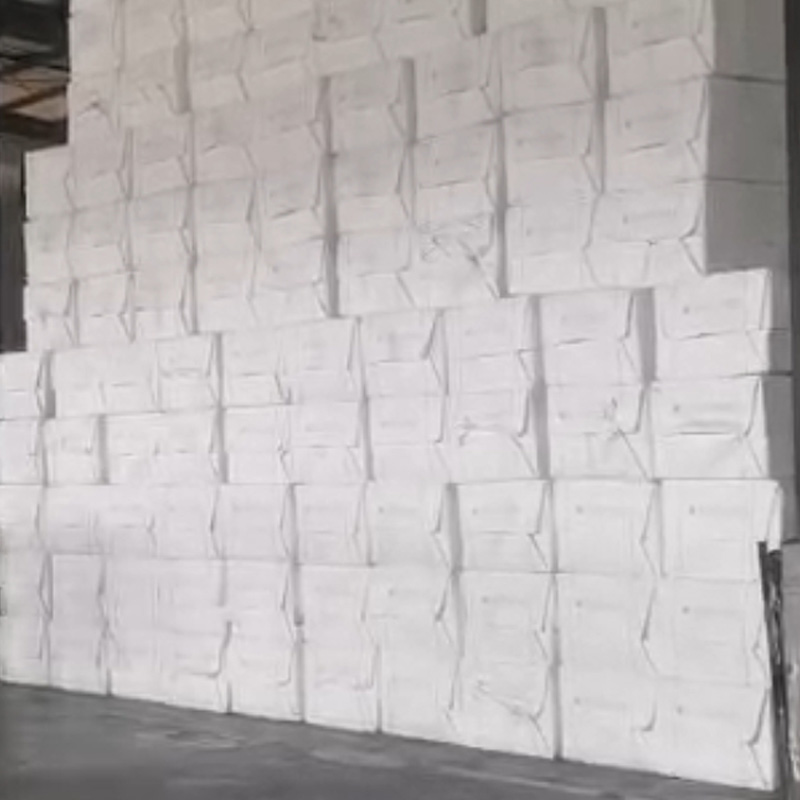
Paper wood pulp is essential for everyday paper products, while bleached hardwood pulp, offers exceptional whiteness and strength for premium paper goods.
The bleached hardwood pulp is commonly used in the production of paper, cardboard, and other cellulose-based products due to its strength, durability, and versatility.
The fiber length of hardwood pulp is shorten than softwood pulp. Hardwood pulp is often mixed with softwood pulp or bamboo pulp, derived from coniferous trees, to achieve desired properties in the final product.
Packing: The paper wood pulp is in sheet form. It is packed in bale with iron wire.
840*700*520mm/pack, 1400*840*1800mm/bale, around 1.98 tons/ bale.
Free sample: Available.
Technical data of paper wood pulp
Properties | Unit | Value |
Drainability | oSR | 45 |
Brightness | % | ≧85 |
Dirt count (0.3-1.0mm2) | mm2 /500g | ≦25 |
Dirt count (1.0-5.0mm2) | mm2 /500g | ≦15 |
Dirt count (>5.0mm2) | mm2 /500g | None |
Tensile index | N.m/g | ≧55 |
Burst Index | KPa·m2g | ≧3.5 |
Tear index | mN·m2g | ≧7 |
Viscosity | ml/g | ≧800 |
Moisture | % | ≦20 |
Ash content | % | ≦0.7 |
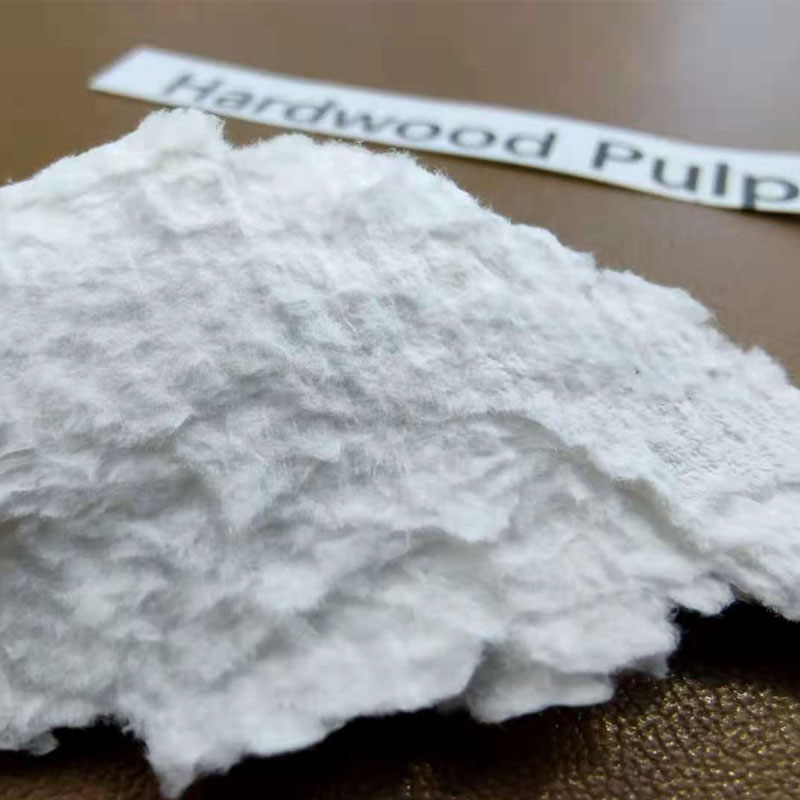

Hardwood pulp vs Softwood pulp
1. Tree Source:
– Hardwood pulp is derived from deciduous trees, which are typically broad-leaved trees such as oak, maple, birch, and beech.
– Softwood pulp comes from coniferous trees, which are usually evergreen trees like pine, spruce, fir, and cedar.
2. Fiber Characteristics:
– Hardwood fibers tend to be shorter and have a more complex structure compared to softwood fibers. This complexity often results in hardwood pulp having a smoother surface texture.
– Softwood fibers are longer and have a simpler structure, which can contribute to higher strength and stiffness in the final product.
3. End Uses:
– Hardwood pulp is often used in applications where a smoother surface texture is desired, such as printing and writing papers, tissues, and some types of packaging.
– Softwood pulp is preferred in applications where strength and stiffness are critical, such as in the production of cardboard, boxboard, and other packaging materials.
4. Properties:
– Hardwood pulp tends to have higher bulk and opacity, making it suitable for products where these characteristics are important.
– Softwood pulp generally offers greater tensile strength and tear resistance, making it suitable for applications requiring durability and structural integrity.
Despite these differences, it’s common for manufacturers to blend hardwood and softwood pulps to achieve specific properties tailored to the intended use of the final product.
More products
Yiwu Jinrui is a professional supplier in the paper industry established in 2000, from paper raw materials bamboo pulp, bagasse pulp, wood pulp to various base papers.
© 2024 Yiwu Jinrui, All Rights Reserved.

